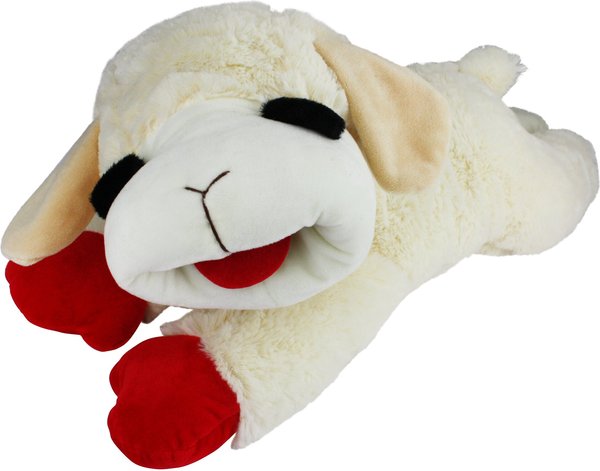Blitz News Digest
Stay updated with the latest trends and insights.
Fetch, Chew, and Hide: The Secret Lives of Pet Toys
Uncover the playful secrets of pet toys! Explore why they fetch, chew, and hide, revealing their hidden adventures in your home.
How to Choose the Perfect Toy for Your Pet's Play Style
Choosing the perfect toy for your pet's play style is essential for their physical and mental well-being. Different pets have unique preferences and play behaviors, so understanding what suits your furry friend can enhance their playtime experience. Observe your pet's interactions with their current toys: do they prefer to chew, chase, or cuddle? Identifying these preferences can help you narrow down your options and select toys that align with their natural instincts.
When selecting a toy, consider factors such as your pet's size, age, and activity level. For example, if you have an energetic dog, interactive toys like puzzle feeders or tug ropes may be ideal for stimulating their mind and providing physical exercise. Conversely, a gentle senior cat might enjoy soft plush toys for comfort and companionship. To make the best decision, take the time to explore various types of toys and experiment with different materials, as some pets may have allergies or sensitivities that can affect their enjoyment.

The Psychology Behind Your Pet's Favorite Toys
Understanding the psychology behind your pet's favorite toys can provide valuable insights into their behavior and preferences. Pets, much like humans, form emotional connections with certain items, often based on their experiences and instincts. For instance, dogs may gravitate towards chew toys that mimic prey, fulfilling their natural hunting instincts, while cats might prefer toys that replicate the movement of small animals. These preferences not only entertain them but also help to alleviate stress and boredom, making playtime a crucial aspect of their mental well-being.
Moreover, the choice of toys can reflect your pet's personality traits. Active pets may favor interactive toys that allow for physical engagement, such as balls or tug ropes, helping to channel their energy constructively. In contrast, more reserved pets might find comfort in plush toys, which can serve as security objects, simulating the warmth of companionship. By observing your pet's interactions with their toys, you can gain a deeper understanding of their psychological needs and improve their overall happiness.
Common Myths About Pet Toys Debunked
Many pet owners hold myths about pet toys that can influence their purchasing decisions. One common belief is that all toys labeled as 'pet-safe' are suitable for all animals. However, this is misleading. For instance, small dogs might choke on toys meant for larger breeds, while larger dogs can tear apart toys designed for smaller pets. Understanding the specific needs and safety requirements of your pet is crucial when choosing toys.
Another widespread misconception is that expensive toys are always better quality. While higher price tags can sometimes indicate better materials, it doesn't guarantee safety or durability. Many affordable toys are made from pet-friendly materials and can withstand rough play just as well as pricier options. It's important for pet owners to read reviews and consider the reputation of the brand rather than just the price before making a purchase.